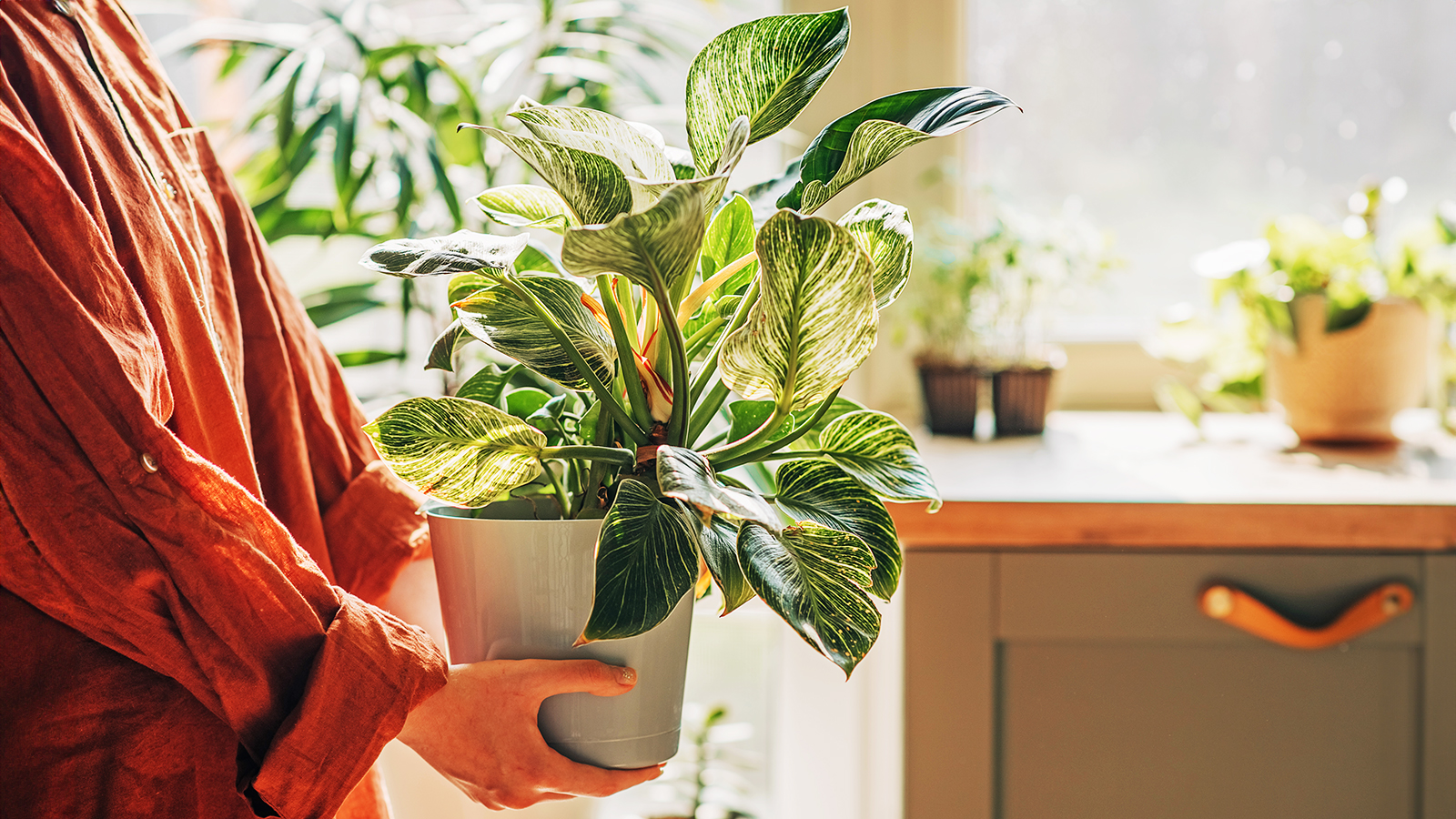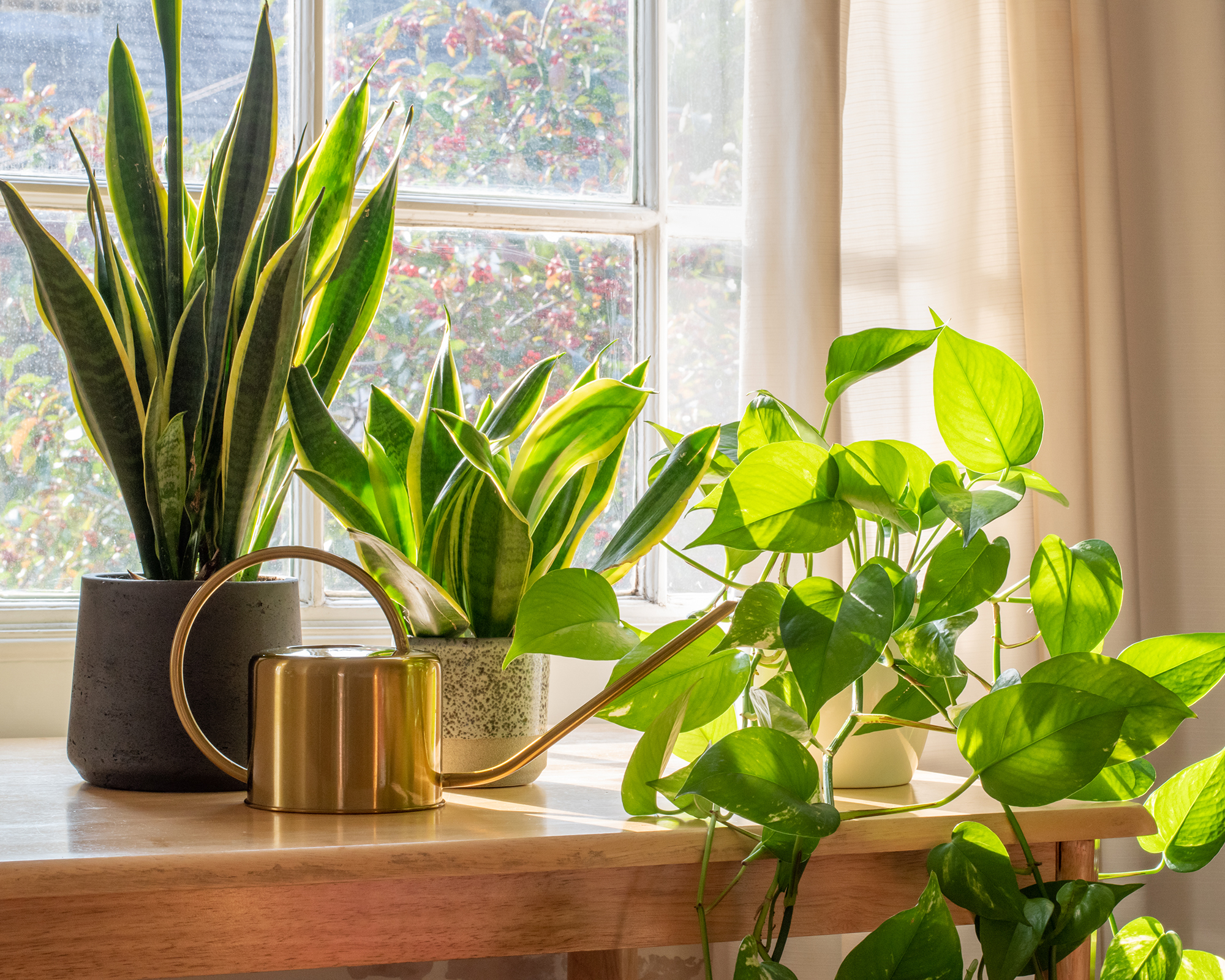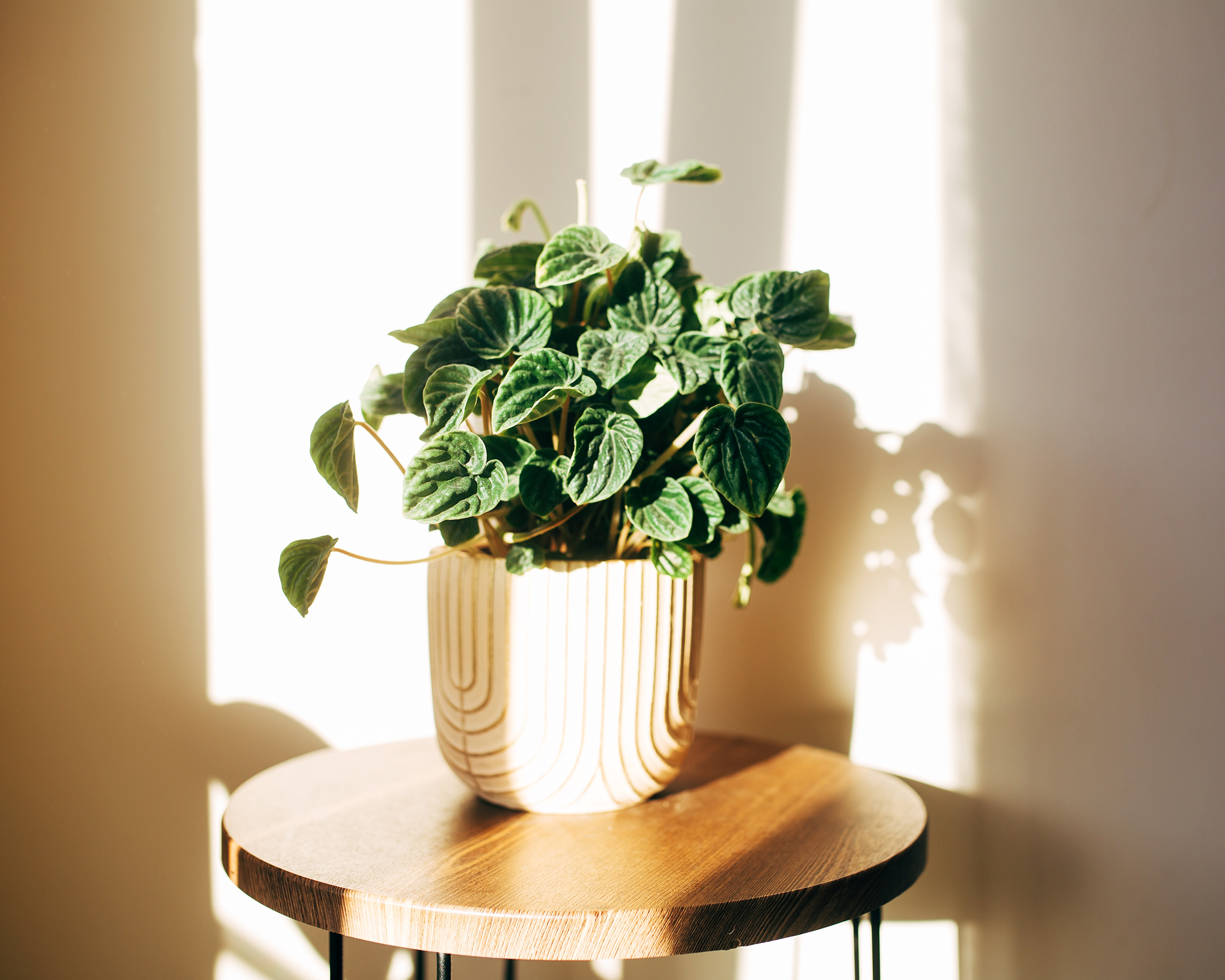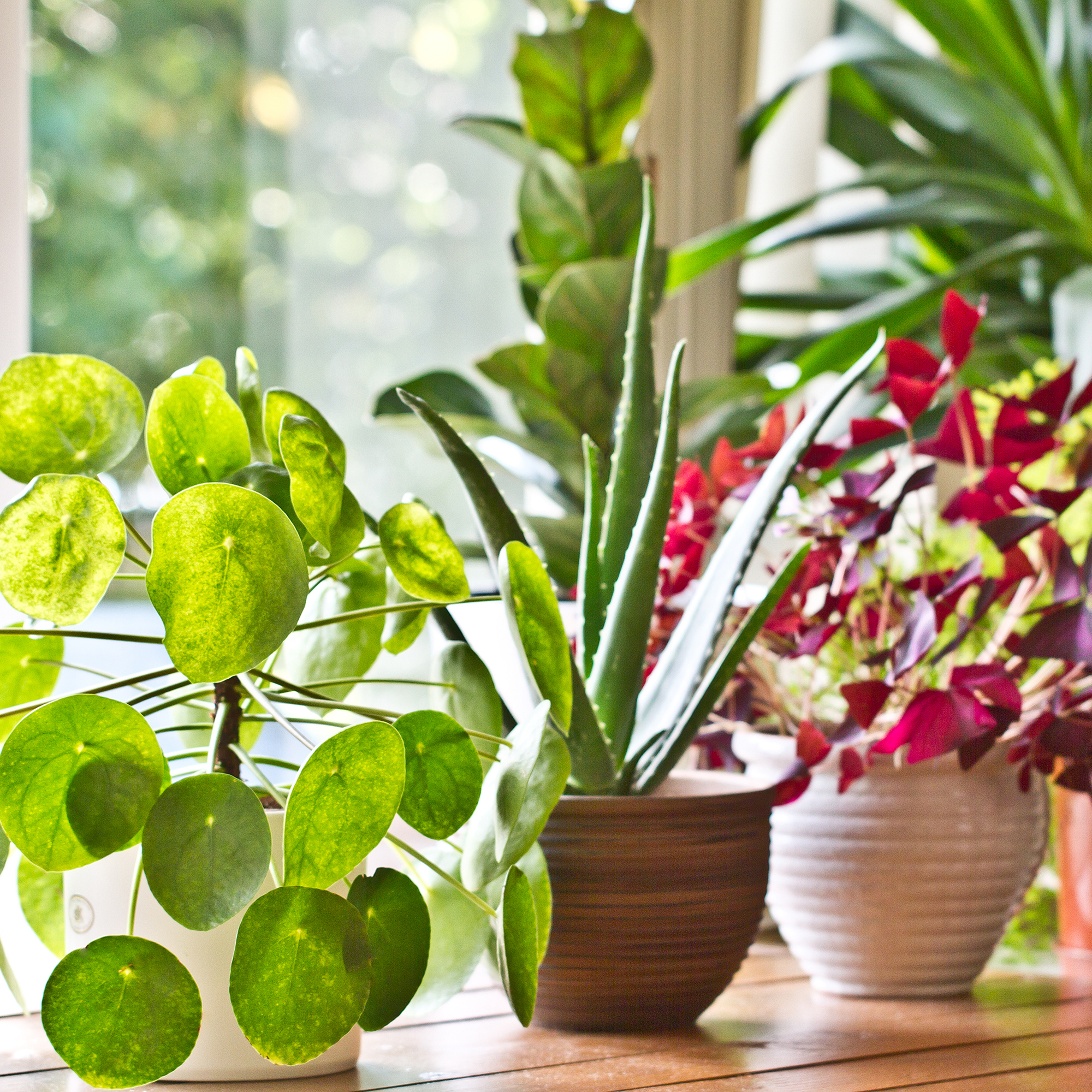Have You Tried The Shadow Test For Houseplants? This Expert Light Trick Reveals Exactly Where Plants Will Thrive
The Shadow Test is a horticulturist's trick that will help you work out the light levels in every room and ensure your houseplants are perfectly positioned.


Houseplants can be tricky customers when it comes to providing them with their ideal light levels. Getting it right makes all the difference between a happy, healthy houseplant and one that is spindly and weak from insufficient light, or sunburned and parched from too much light.
When caring for houseplants, it's important to understand that most hail from tropical climates. Their preference for warm temperatures allows them to thrive in the home environment. Some of these plants grow under the canopies of trees in rainforests, where they experience low light and humidity, while others grow out in the open, preferring high light levels. So, how do you reliably recreate these conditions indoors?
Before moving any houseplant into your home, Justin Hancock, a horticulturist and plant expert at Costa Farms, recommends making a few simple checks to ensure it is compatible with the environment in the room you intend to display it. “Take stock of your conditions before even buying your plant," he says. "Most houseplants are fine with average household temperatures, and a lot of them will do okay in average relative humidity levels (but most appreciate above-average humidity), so those are easy ones. But making sure you have the right light is so key for making your plants happy."
To ensure houseplants get enough light, Justin recommends always performing the Shadow Test before adding a new plant to a room.
What is the Shadow Test?
The Shadow Test is a simple but reliable way to assess the light levels in your home and whether a particular spot is compatible with your chosen plants. By watching the shadow cast by an object – or even just your hand – you can work out whether the light in the room is bright, medium, or low. “Use that as a guide so you don’t put a plant that needs high light in a low-light spot,” says Justin.
Bear in mind that light changes through the seasons, so a room that provides a medium light level in summer may only provide low light in winter. This means you should test light levels throughout the seasons and relocate plants where necessary.

Justin has worked at Costa Farms for over a decade, has a degree in horticultural science, and has many years of experience in garden publishing. He closely monitors plant trends, to shape the brand's product offering, and offers advice to growers through producing expert horticultural content.

Check Your Plant's Light Requirements
Houseplants are usually supplied with care information on the label, and this will state their preferred light levels. Always check the information to see what is best for that particular plant. “One thing to keep in mind is that most plant tags refer to the minimum amount of light required for survival, so most plants that tolerate low light can grow in a brighter spot,” explains Justin. Although you do need to be cautious about more sensitive plants, such as orchids.
Sign up for the Gardening Know How newsletter today and receive a free copy of our e-book "How to Grow Delicious Tomatoes".
Many plants thrive in bright, indirect light, which means they require a bright room but must be positioned away from the window. Alternatively, the light can be diffused through a sheer curtain.
How to Perform the Shadow Test
While some houseplant experts recommend using your hand as a gage at the highest point of the day, Justin suggests using an object and checking regularly throughout the day will produce the most reliable results. Ideally, perform the Shadow Test on a bright, uncloudy day to get a true sense of the light.
“Put a solid object where you’re thinking about keeping your plant and watch it throughout the day,” explains Justin. If the surface is dark or textured, it's a good idea to put the object on a white piece of paper so you get a better sense of the shadow created.
“If the object has a good shadow throughout the day, it's a bright-light spot. If it has a moderate shadow with less definition, it's a medium-light spot. If there is little to no shadow, it's a low-light spot."
While checking throughout the course of the day is best, you can make a quick check in the middle of the day using your hand. Place a sheet of paper in the spot you intend to position your plant and hold your hand about a foot (30cm) above it. If your hand casts a sharp, well-defined shadow, it’s a bright-light spot; if the shadow is clearly a hand but a bit fuzzy, it’s medium; and if it’s faint and hard to make out the outline, then it’s low light.

How to Improve Light Levels for Houseplants
“Because the intensity of light coming through the window decreases with each foot, moving your plants closer to the window, if possible, can help increase light levels,” says Justin.” In addition, using grow lights can be a great way to give plants a boost, especially in winter.”
You can also help plants access more light by regularly dusting leaves, as dust blocks light. “Getting rid of that dust layer opens them up to light and can also help dislodge any pests,” says Justin.
If the light levels in a room are low and there are few options to improve them, then it’s best to choose houseplants that will thrive in low-light areas. “Three of my favorite plants that can tolerate low light – and lower humidity – levels are ZZ plant (Zamioculcas zamiifolia varieties), snake plant (Dracaena trifasciata varieties), and Chinese evergreen (Aglaonema varieties),” says Justin.
More Houseplant Inspiration
- Choose the best houseplant combinations to decorate every room, from low-light living areas and calming bedrooms to bright, humid kitchens.
- My homemade orchid fertilizer always brings more blooms – here's the easy recipe that transforms plants.
- Rare houseplant expert shares 5 extraordinary, easy-care varieties to elevate your collection.
- Sign up for the Gardening Know How Newsletter to receive a regular dose of houseplant and gardening advice straight to your inbox.

Melanie is an experienced gardener and has worked in homes and gardens media for over 20 years. She previously served as Editor on Period Living magazine, and worked for Homes & Gardens, Gardening Etc, Real Homes, and Homebuilding & Renovating. Melanie has spent the last few years transforming her own garden, which is constantly evolving as a work in progress. She is also a passionate organic home grower, having experimented with almost every type of vegetable at some point. In her home, Melanie tends to an extensive houseplant collection and is particularly fond of orchids.
